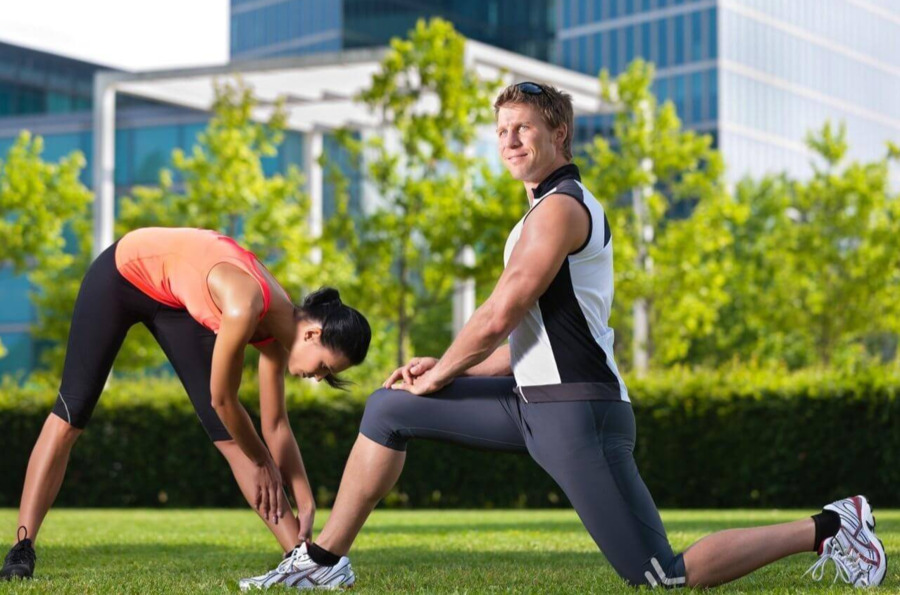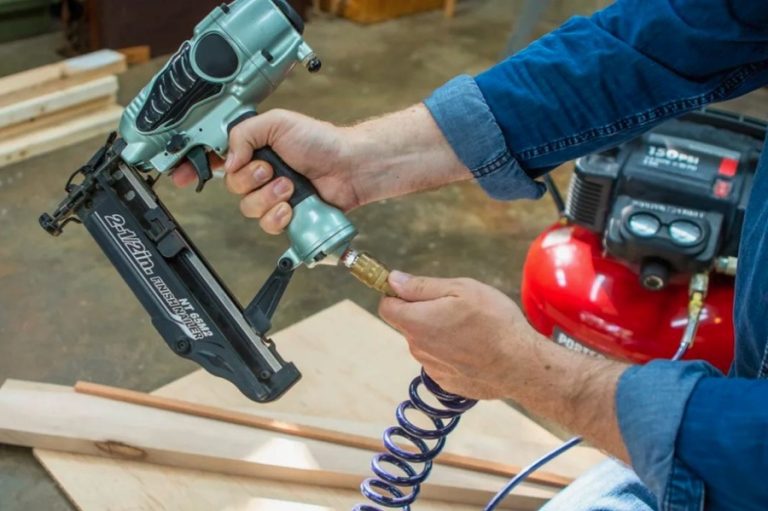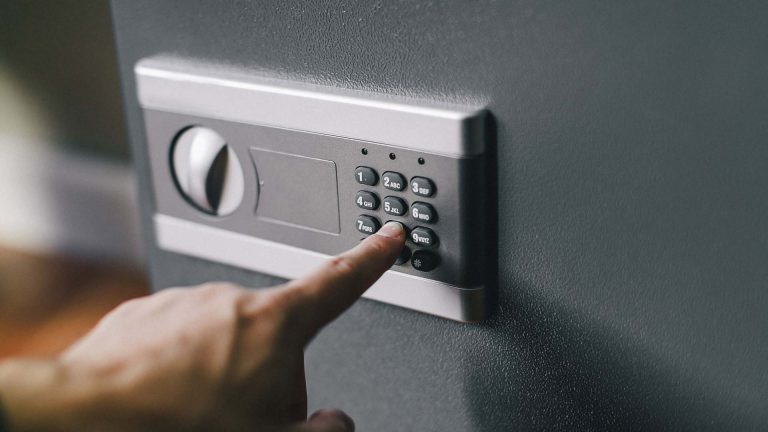Core muscles play a vital role in maintaining bodily stability, balance, and overall strength. This detailed guide delves into the anatomy of the core, discusses the significance of strengthening these muscles, introduces effective exercises for core development, and advises on choosing the right gym for training, with a special focus on stamina11.com specialized core strengthening program.
Understanding Core Muscles
Core muscles comprise a complex group of deep and superficial muscles that extend around the midsection of the body, from the pelvis and diaphragm to the lower back and hip area. These muscles serve as the main support for the entire body, especially the spinal column and pelvic area.
Components of the Core
Anterior Wall: This includes the rectus abdominis, commonly known as the “six-pack” muscles, which flex the spine. The internal and external obliques work to rotate the torso and assist with lateral flexion, while the transverse abdominis, the deepest layer, stabilizes the core.
Posterior Wall: Comprising primarily the multifidus, which extends along the vertebral column to stabilize it, and the erector spinae, which extends the spine.
Upper Base: The diaphragm acts as the primary muscle for breathing but also plays a crucial role in core stabilization.
Lower Base: Pelvic floor muscles support the organs of the pelvis and contribute to spinal stabilization.
These core components work synergistically to manage the body’s stability, posture, and power transfer between the upper and lower body.

The Importance of Core Strength and Potential Problems from Weakness
Developing strong core muscles is critical for optimal body function, affecting various aspects of physical health.
Benefits of Strong Core Muscles
A robust core enhances stability, supports proper posture, and reduces the risk of falls and injuries. It is crucial for athletic performance, as it helps to efficiently transfer force and power between the upper and lower body.
Risks Associated with Weak Core Muscles
Lack of core strength can lead to several health issues:
Spinal and Shoulder Injuries: Weak core muscles do not adequately support the spine or shoulders, increasing the likelihood of strain and injury.
Poor Posture and Spinal Health: Inadequate core strength can lead to slouching and other poor posture habits, which put extra pressure on the spine and can lead to chronic back pain and degenerative conditions.
Hernias and Disc Injuries: Without strong core muscles, routine activities like lifting heavy objects can lead to hernias or slipped discs, as the body compensates for the lack of core support.
Core Strengthening Exercises
Engaging in regular core-specific exercises can significantly enhance the strength and functionality of the core muscles.
Plank
The plank is a fundamental core-strengthening exercise that teaches the body to stabilize the spine against external forces.
Execution Tips:
Maintain a straight line from your shoulders to your ankles.
Engage your core throughout the hold to prevent your hips from sagging or lifting.
Dead Bug
This exercise improves core stability and coordination, reducing the risk of back pain by strengthening the abdominal and lower back muscles.
Execution Tips:
Keep the movement slow and controlled to maximize engagement of core muscles.
Ensure your lower back remains in contact with the floor throughout the exercise to prevent strain.
Hyperextension
Targeting the lower back, hyperextensions are crucial for developing the erector spinae muscles, which are vital for proper posture and spinal health.
Execution Tips:
Focus on a smooth, controlled motion to prevent momentum from diminishing the exercise’s effectiveness.
Avoid overextending at the top of the movement to protect your back.
Boat Pose
This yoga-derived pose is excellent for engaging the deep core muscles and improving balance and posture.
Execution Tips:
Strive to keep your back straight and your core engaged throughout the exercise.
Progressively increase the duration of the hold as your core strength improves.

Selecting a Gym for Core Training
When choosing a gym for core strengthening, look for facilities that offer specialized training programs tailored to enhancing core stability and strength.
Features of a Good Core Training Program
Certified Trainers: Professionals who can provide guidance, ensure proper form, and tailor exercises to individual fitness levels.
Variety of Equipment: Availability of various tools that aid in core training, from stability balls to resistance bands.
Stamina 11’s Core Training Program
Stamina 11 offers the “6ABs & Core” program, meticulously designed to fortify the muscles around the body’s center of gravity, thereby improving balance, stability, and overall strength. This program is suitable for individuals of all ages and fitness levels, ensuring everyone can achieve their core strength goals.
In conclusion, understanding and strengthening core muscles are essential for maintaining health and enhancing physical performance. Regular practice of targeted exercises can significantly improve core stability and prevent many musculoskeletal issues. By choosing the right training environment like Stamina 11, individuals can ensure they receive the support and expertise needed to develop a strong, resilient core.

Soccer lover, doer, DJ, Mad Men fan and recent OCAD grad. Making at the sweet spot between beauty and programing to answer design problems with honest solutions. Let’s design a world that’s thoughtful, considered and aesthetically pleasing.









